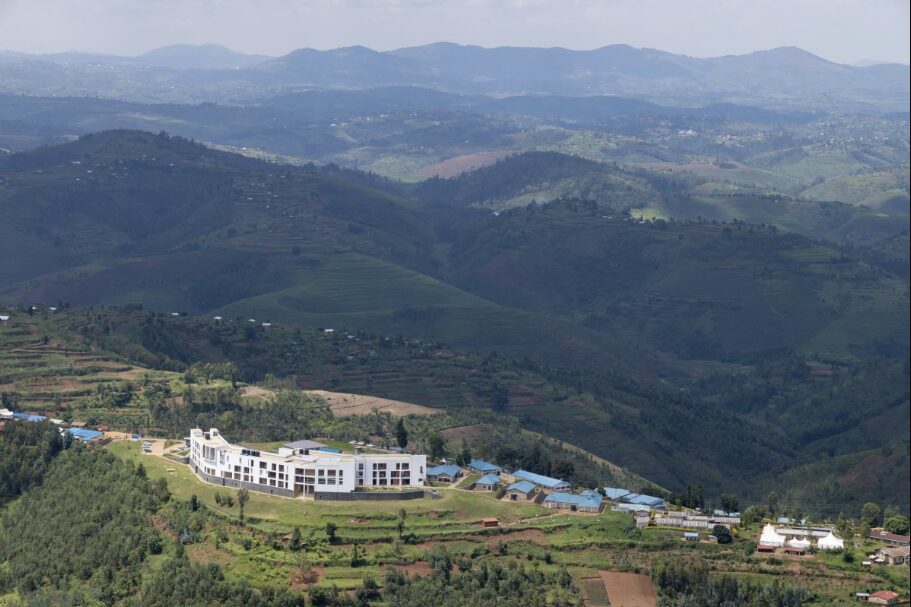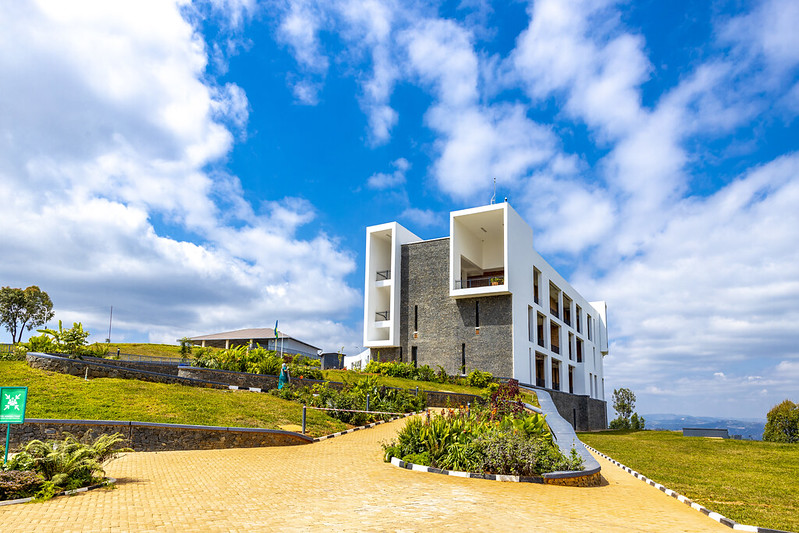
PM Dr. Édouard Ngirente
The fourth Rwanda Health Sector Strategic Plan 2018-2024 (HSSP IV) seeks a full implementation of the various programs including improvement of demand, access, coverage and quality.
It also intends to strengthen policies, resources, management and service delivery. The later means effective organisation of services at all levels.
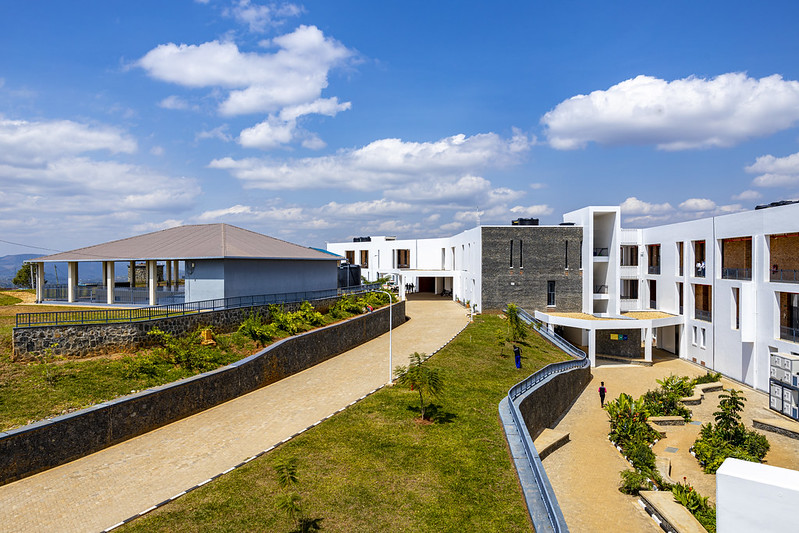
Munini District hospital
The plan further intends to ensure effective governance by strengthening decentralization, partnership, coordination, aid effectiveness and financial management.
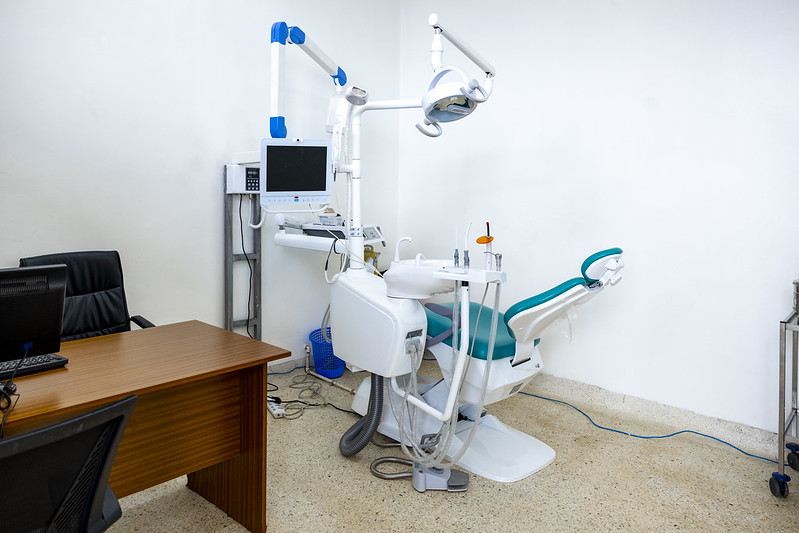 In recent presentation to parliament on the country’s economic recovery after COVID-19, Prime Minister Dr. Édouard Ngirente said that the health sector was hugely affected, but it received a lot of attention during and in the aftermath of the pandemic.
In recent presentation to parliament on the country’s economic recovery after COVID-19, Prime Minister Dr. Édouard Ngirente said that the health sector was hugely affected, but it received a lot of attention during and in the aftermath of the pandemic.
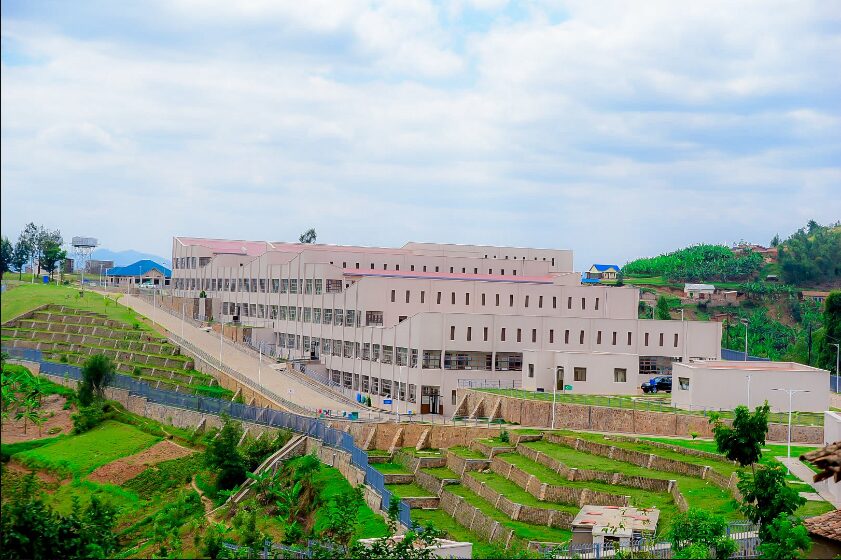
Nyabikenke district hospital
Starting with infrastructure, the government continued to provide good medical services to all Rwandans since 2020, with three new district level hospitals constructed to bring the total of hospitals to 52 in the whole country.
The recently inaugurated hospitals are Munini District Hospital in Nyaruguru district, Nyabikenke district hospital from Muhanga Ditsrict and Gatunda district hospital from Nyagatare district.
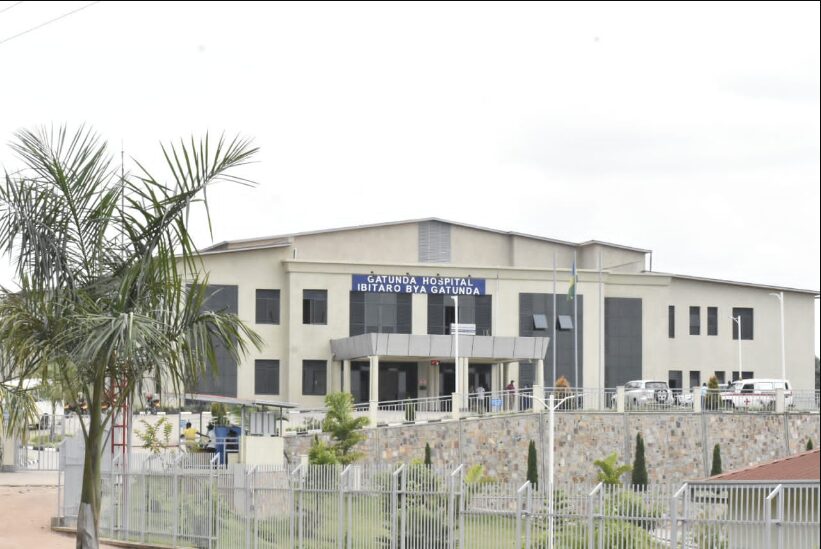
Gatunda Hospital
The government has made primary health care a priority to improve access to health services and make progress towards universal health coverage (UHC).
Its goal is to ensure that by 2024, people should walk less than 24 minutes to the nearest health facility.
Rwanda has reached 1,252 health posts across the country from 367 health posts in 2020- which is a 241.14% increase.
Statistics presented by the Ministry of Health (MoH) show that 9% of health posts are privatized but not functional as a result of the private owners abandoning their responsibilities but new regulations have been put in place to manage the operations of the privately owned health posts.
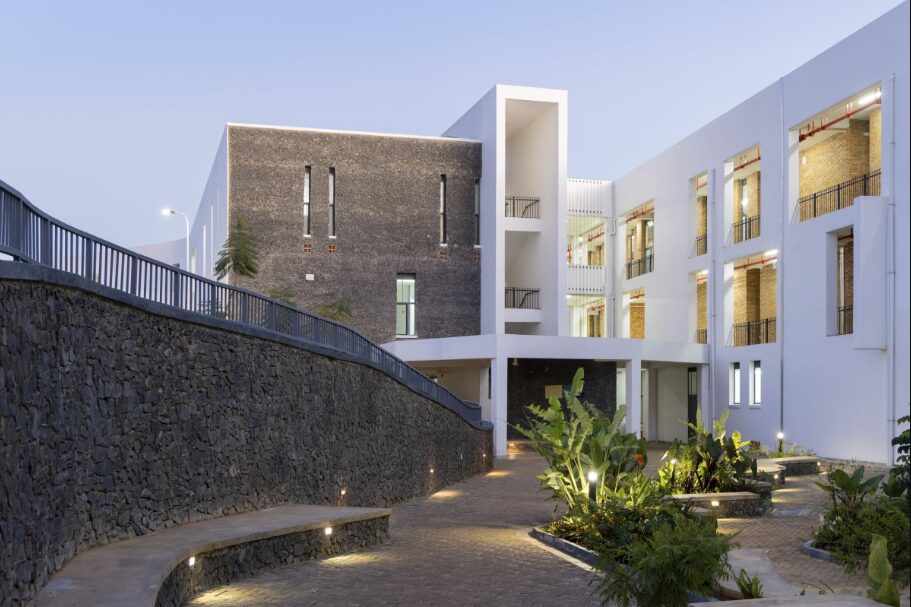 “These nine percent, will in a short time, in collaborations with districts, get new able owners,” Nsanzimana assured.
“These nine percent, will in a short time, in collaborations with districts, get new able owners,” Nsanzimana assured.
Across the 416 sectors of the country, Rwanda has increased the number of health centres from 502 to 513 in the same period, which is equivalent to 2.19%.
In July 2023, Rwanda set a 4X4 health reform aimed at quadrupling the number of healthcare workers in the country within the next four years to meet the WHO recommendation of at least 4 healthcare professionals per 1,000 population.
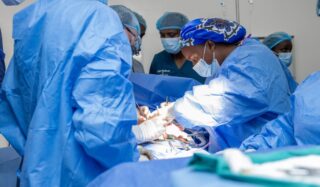 In order to meet this ambitious target, PM Ngirente said that there has been a focus on increasing the number of medical specialists and this has required that nine hospitals be upgraded to a teaching hospital level- which will act as training centers for medical students in Rwanda.
In order to meet this ambitious target, PM Ngirente said that there has been a focus on increasing the number of medical specialists and this has required that nine hospitals be upgraded to a teaching hospital level- which will act as training centers for medical students in Rwanda.
To meet the bold 4X4 target, Ngirente said that the government continues to put effort into increasing the number of workers in the medical field.
In universal health standards, four doctors should treat one thousand patients, but in Rwanda, this number of patients is a responsibility of one doctor.
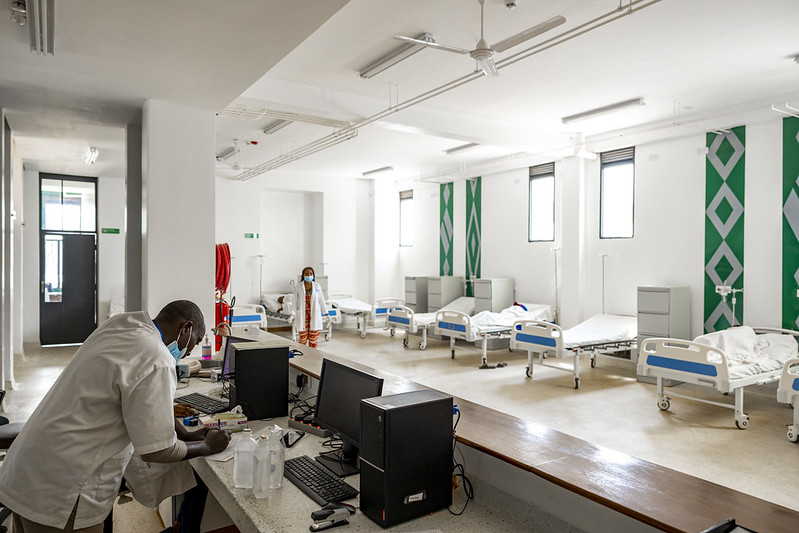 According to Doctor Nsanzimana, if Rwanda continues to work at current pace, it would take 187 years to meet the required ratio.
According to Doctor Nsanzimana, if Rwanda continues to work at current pace, it would take 187 years to meet the required ratio.
“We want to multiply the number of medical doctors by four, in the next four years, a system which we called 4X4,” Nsanzimana said.
Since a couple of months, the Ministry started the program, and they realized that it can work.
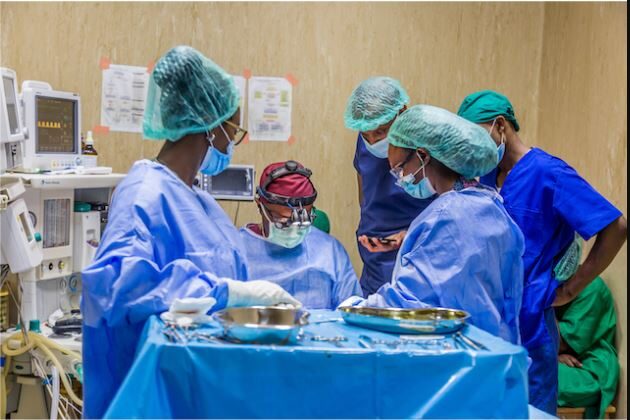
Giving an example, the minister said that initially, the country could enroll 100 students in the school of medicine, but last year, they managed to enroll 300 students.
“We hope to enroll four hundred students annually by next year,” the Minister said.
Ngirente says that the government is committed to increasing access to health services, through coordination at all levels where one can be easily transferred from a health post, to a health centre and referral hospital to get timely treatment.
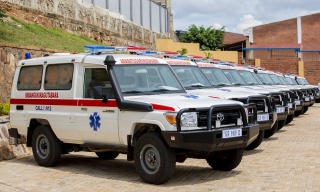
Imbuto Foundation donated Ambulances
Mobility in health sector is another important factor in improving health service delivery. Rwanda’s Health Minister, Dr. Sabin Nsanzimana, the country is relying on 210 ambulances against 500 ambulances that are required.
The Minister is happy that the few that are available are being used adequately.
“Normally, an ambulance has to respond within ten to fifteen minutes. In Kigali, we are slowly but surely meeting this target,” he said.
For this to work national wide, the ministry needs to fill the gap and acquire the remaining 300 ambulances.
“Another 200 ambulances are on the way, courtesy of Imbuto Foundation,” the Minister said while thanking the First Lady Jeannette Kagame, the chairperson and founder of the organization for the relentless support of health sector.
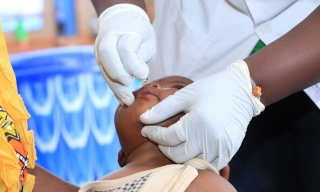
A nurse vaccinating a baby in a local hospital
These efforts have seen an improvement in the life expectancy which increased from 64.5 in 2012 to 69.6 in 2022 while some common killer diseases like malaria and HIV/Aids have been curbed.
For instance, severe malaria patients dropped from 7,000 (before COVID) to 1,300 cases today – representing 81.4% reduction.
Moreover, malaria death toll dropped from 167 cases (in 2020) to 35 cases in 2023, while mothers who give birth at health facilities also reached 93%.
There has also been a reduction in maternal moralities to 203 from 1200 per 100,000 births but some districts have attained zero death rates.
 In HIV/AIDS targets, Rwanda has also exceeded the United Nations Programme (UNAIDS) 95-95-95 where 95% of the number of people who are living with HIV know their HIV status, 95% of people who know that they are living with HIV are on lifesaving antiretroviral treatment, and 95% of people who are on treatment to have have reached the viral suppression level.
In HIV/AIDS targets, Rwanda has also exceeded the United Nations Programme (UNAIDS) 95-95-95 where 95% of the number of people who are living with HIV know their HIV status, 95% of people who know that they are living with HIV are on lifesaving antiretroviral treatment, and 95% of people who are on treatment to have have reached the viral suppression level.
For example, available data from MoH (published on fast-track cities) shows that 93% People Living with HIV (PLHIV) Diagnosed, 100% PLHIV on ARVs and 98% PLHIV Virally Suppressed.
This has been enabled by donor funding (Global Fund) and local initiatives such as the Community Adolescent Treatment Supporters (CATS) model that has for the past five years increased access to HIV/Aids information, treatment and care among young Rwandans.
The CATS model, implemented by Dream Village Rwanda and the Zvandiri program in Zimbabwe has been seen as one that can be scaled up, according to Rwanda Biomedical Centre (RBC) officials.

Dr. Paulin Basinga speaking on a health panel at Rwanda Day 2024 held in Washington DC
Speaking from a donor perspective at Rwanda Day 2024, Dr. Paulin Basinga, the Global Director, Program Advocacy and Communications, Global Policy and Advocacy at the Bill and Melinda Gates foundation said that Rwanda’s accountability and implementation of bold initiatives such as the 4X4 target will not be a surprise if Rwanda achieved it based on what the country has done with malaria and HIV/Aids.
As Rwanda plans to digitize its health systems and increase specialized treatment services, the country is currently being challenged with an increase in non-communicable diseases (NCDs) which is partly attributed to improved lifestyle.
In 2020, cancer cases increased from over 4,800 to 5,200 as of 2022; diabetes cases increased from over 14,300 before COVID-19 to 18, 000 as of 2023, hypertension cases also increased from 58, 000 to 112, 000 in 2023.

Car Free Day exercising activities are common in Rwanda
PM Ngirente says that these case were reported because of increase in community campaigns which are conducted during car-free days and monthly cleaning exercises where citizens are offered free screening with the support of partners in the health sector, but also as a result of increasing services and infrastructure closer to health facilities.

President Kagame and the First Lady, Jeannette Kagame joined the launch of IRCAD Africa Centre of Excellence.
This drive has seen government establish the “Kigali Health City”, located in Masaka sector in Kicukiro district- which is to be home to the new Kigali Teaching Hospital (CHUK), already a home to IRCAD Africa, the Heart Center among other projects in the pipeline that will significantly transform Rwanda’s healthcare system.
These add to the establishment of BioNTech plant in the Kigali Special Economic Zone in December 2023.
Banking on their cutting edge technology, BioNTech plans to produce mRNA-based vaccines for the African continent at the facility.
This means various mRNA vaccines such as the COVID-19 vaccine and, if approved, a whole host of other mRNA vaccines for diseases such as tuberculosis and malaria could potentially be produced in Kigali.
Last year, Rwanda signed a host agreement for the African Pharmaceutical Technology Foundation (APTF) –a Pan-African agency aimed to promote technological use in the medical ecosystem of the continent.
Hosting the APTF will add on to Rwanda’s ambition of not only becoming an ICT innovation hub but also a health tourism hub following the opening of Norrsken House Kigali- Africa’s biggest hub for entrepreneurship and home to East Africa’s largest tech and health innovations which have already started creating impact in Rwanda and beyond.
 For instance, Norrsken Foundation East Africa announced its first seed investments in PesaChoice and Viebeg Technologies – two Kigali-based startups. Financial services technology company PesaChoice is working to bridge the gap between salary payouts and other unexpected expenses facing people with limited access to institutional credit.
For instance, Norrsken Foundation East Africa announced its first seed investments in PesaChoice and Viebeg Technologies – two Kigali-based startups. Financial services technology company PesaChoice is working to bridge the gap between salary payouts and other unexpected expenses facing people with limited access to institutional credit.
Viebeg is an e-health startup offering a procurement platform that ensures healthcare facilities get the right type and quantity of products stocked to save patients. The company software is used by over 230 hospitals across Rwanda, Burundi, and Congo.
Health Specialists
Rwanda is banking on training more health specialists in the designated university teaching hospitals and colleges such King Faisal Hospital Rwanda (KFHR), and Kibagabaga Level II Teaching Hospital, University of Rwanda, University of Global Health Equity (UGHE), and the Adventist University of Central Africa (AUCA).
However, PM Ngirente showed that the country has made some progress in becoming a health tourism destination with key surgeries now conducted in Rwanda.
Ngirente said that Rwanda has managed to get medical specialties in area that used to require referral to foreign hospitals, and those include kidney transplant, heart surgery and cancer treatment.
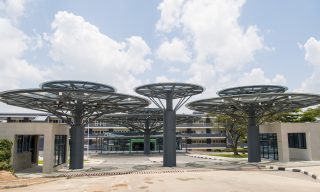
King Faisal Hospital Rwanda
For example, at King Faisal Hospital they can handle treatment of specialized cases. Since May 2023, 18 cases of kidney transplant were successfully handled and are being followed up. For heart diseases, KFH has worked on 173 surgery cases for children and 16 cases for the adults.
Kidney transplant and heart surgery are new specialized services in Rwanda that are only available at KHFR facility in Kigali.
The availability of this treatment is expected to reduce costs of sending patients for treatment abroad, especially to India, according to Dr. Augustin Sendegeya, the Chief Medical Officer (CMO) at KFH Rwanda.
For example, transplanting a kidney in India can cost more than $15,000, the money that can be spent on preparing the patient to get the kidney done and this means spends a week in the hospital. The transplant comes with medication (for at least a year), and that the cost can increase to $20,000.
In case of any medical accident during the treatment, this cost increases up to $40,000. This is minus the air tickets and welfare needs or lifestyle demands while under treatment.
Instead of going abroad for this treatment, kidney transplant patients in Rwanda are only required to pay between Rwf20 million and Rwf25million which comes with follow up medical care up to 12 months at KFH.
Rwanda Social Security Board (RSSB) which manages the CBHI scheme announced this February that patients suffering from chronic renal failure can now get kidney transplant procedures covered by the scheme.
RSSB covers 85% of the bill for medical treatment and prescribed drugs and patients themselves cover the remaining 15% of these costs.
